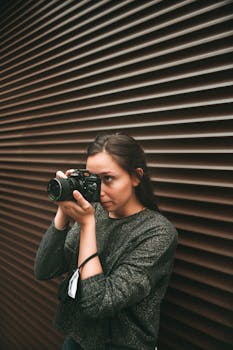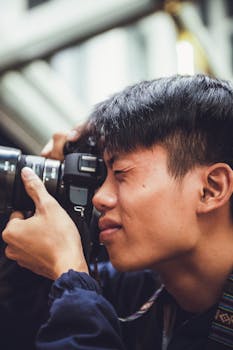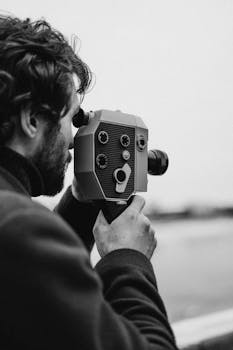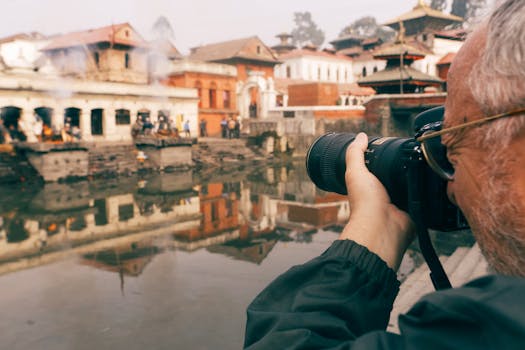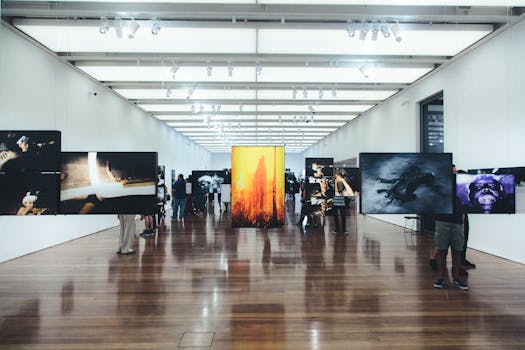
Photography as an art form is all about capturing light and shadow to create a visually stunning image. To take great photographs, one must understand the role that these two elements play, and the ways in which they can be manipulated for creative effect. In this article, we will discuss tips for capturing great photographs by playing with light and shadow.1. Understand lightTo capture great photographs, you must first understand the role that light plays in photography. Light is your most important tool as a photographer, and it is what creates the depth, texture, and dimensionality of your images. Understanding how to read, manipulate, and use light is key to taking great photographs.2. Experiment with shadowsOne of the most powerful tools a photographer can use is shadow. Shadows can add depth and contrast to an image, and can create the illusion of volume and space. Try experimenting with different types of shadows, such as soft shadows, harsh shadows, and long shadows, to add interest and texture to your photographs.
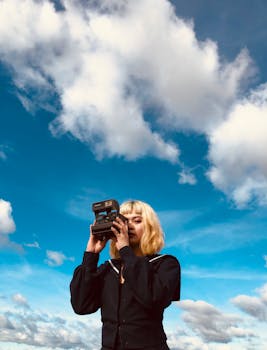
3. Use backlightingBacklighting is a technique that can create stunning, dramatic images. This involves placing your subject in front of a strong light source, such as the sun, and shooting with the light source behind your subject. This will result in a backlit image, with the subject silhouetted against the light. This technique can create stunning images with depth, contrast, and the illusion of volume.4. Explore natural lightingNatural lighting is one of the most beautiful sources of light available to photographers. To create stunning images using natural light, you must first understand the qualities of natural light, such as its brightness, color temperature, and direction. By positioning your subject in relation to the sun, you can create images with depth, contrast, and texture.5. Utilize artificial lightingArtificial lighting can also be used effectively in photography. You can use artificial lighting to create a dramatic effect, or to add a pop of color to your images. Try experimenting with different types of artificial lights, such as strobe lights, softboxes, and reflectors, to create stunning images.

6. Master exposureExposure is crucial to capturing great photographs. A properly exposed image will have the right balance of light and shadow, with details visible in both the bright and dark areas of the image. To master exposure, you must understand the relationship between aperture, shutter speed, and ISO, and how they affect the amount of light that enters the camera.7. Use depth of fieldDepth of field is the amount of the image that is in focus, and is determined by the aperture setting on your camera. To create stunning images, try experimenting with shallow depth of field, where only a small portion of the image is in focus, or deep depth of field, where the entire image is in focus. This can create stunning images with depth, texture, and dimensionality.In conclusion, capturing great photographs is all about understanding the role that light and shadow play in an image, and how to manipulate them for creative effect. By experimenting with different techniques, such as backlighting, natural lighting, and artificial lighting, you can create stunning images that will leave a lasting impression.
 see all posts!
see all posts!


